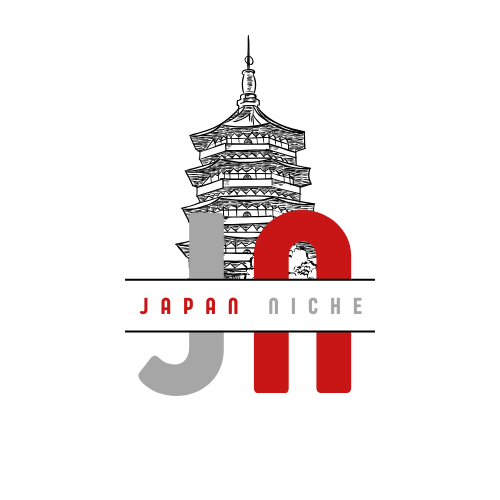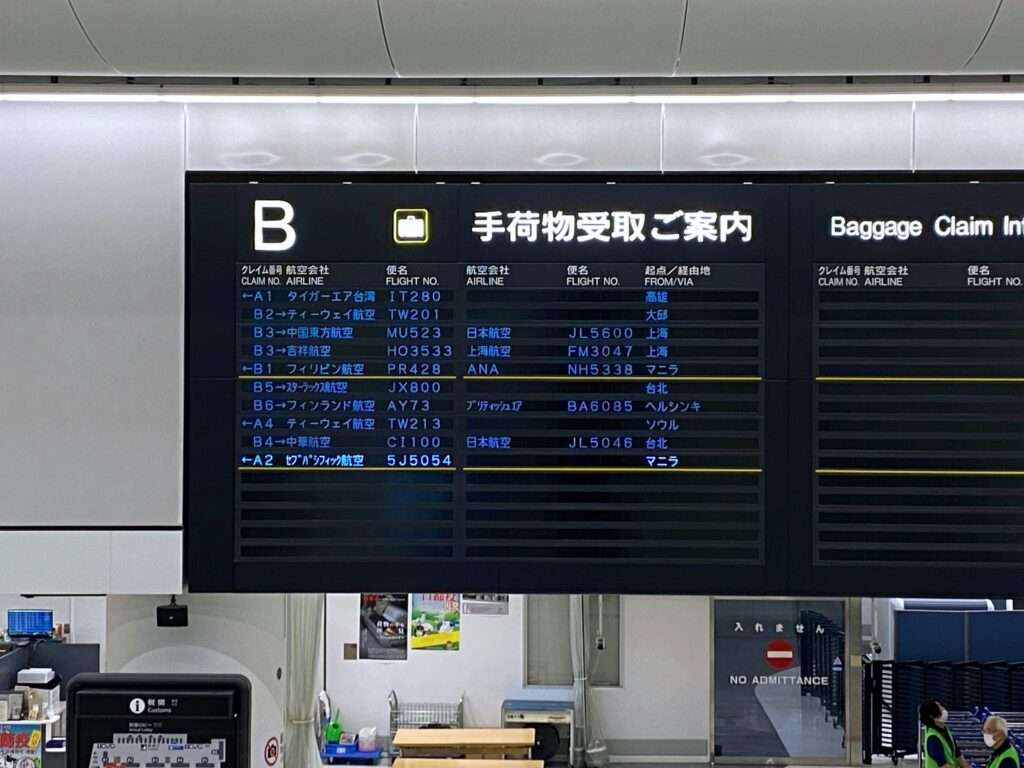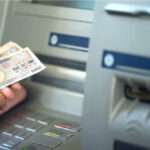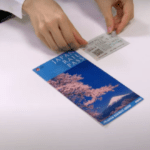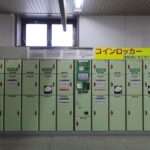Traveling to Japan for the first time can be both exciting and a little overwhelming. The anticipation of stepping into a country rich with culture, history, and modern marvels is exhilarating, but navigating its intricacies can feel daunting, especially for those unfamiliar with its customs and way of life. I’ve been there myself—my first trip to Japan was a bit disorganized, but after visiting multiple times, I’ve gathered some invaluable tips. Why struggle with the same challenges I faced when you can learn from my experiences? Whether it’s planning, navigating, or simply making the most out of your visit, I’ve compiled 11 essential tips to ensure your Japan adventure is as smooth and enjoyable as possible.
With its bustling cities, tranquil temples, and stunning landscapes, Japan is a treasure trove waiting to be discovered. However, from the moment you arrive to the time you bid farewell, being prepared and informed can make all the difference. Let’s dive into these tips that will help transform your first trip to Japan into a journey of a lifetime.
Table of Contents:
- Planning Your Journey: Embrace the Convenience of Narita Airport
- Stay Connected: SIM Cards, Wi-Fi, and Essential Apps
- Get Your IC Card for Easy Transportation
- Pick Up Your Japan Rail Pass
- Navigating Tokyo Station: A Guide for First-Timers
- Fuel Up with Ekiben: A Must-Try Culinary Experience
- Booking Your Shinkansen: Stress-Free Travel Across Japan
- Enjoy Iconic Mount Fuji Views from the Shinkansen
- Managing Luggage: Travel Light and Stress-Free
- Accessing Your Money: Navigating Japan’s Cash-Based Economy
- Embrace Japan’s Hygienic and High-Tech Restrooms
- Bonus Tips: Cultural Etiquette, Language Barriers, and Safety
1. Planning Your Journey: Embrace the Convenience of Narita Airport
Narita International Airport (NRT) is one of the primary gateways into Japan, especially if you’re flying into Tokyo. It’s located about 60 kilometers from central Tokyo, but its efficiency and convenience make it one of the best airports to arrive in. The airport offers various services that can help kickstart your trip with ease.
Luggage Delivery Service
One of the most underrated services at Narita (and airports across Japan) is the luggage delivery service. For a reasonable fee, you can have your bags delivered directly to your hotel or accommodation, allowing you to explore Tokyo (or wherever your first destination is) without being bogged down by heavy suitcases. This service, called Takkyubin or Takuhaibin, is incredibly reliable and affordable, with prices ranging from $10 to $30 depending on the size and distance. Imagine stepping off the plane, handing over your bags, and heading out to explore stress-free!
Getting to the City
From Narita, you have several options for getting into the city, including the Narita Express (N’EX), which takes you directly to major stations like Tokyo Station or Shibuya in about an hour. Alternatively, there’s the Keisei Skyliner, which is slightly faster but ends at Ueno. Both options are convenient, but the N’EX offers more flexibility if your destination is one of Tokyo’s business districts.
2. Stay Connected: SIM Cards, Wi-Fi, and Essential Apps
Once you’ve arrived in Japan, staying connected is key to ensuring a smooth trip. Having access to the internet will help you navigate, use translation tools, and stay updated with travel information. Japan’s public Wi-Fi is still developing, and while it’s available in major cities, it’s not as widespread as in other countries. Therefore, having your own data connection is highly recommended.
Data SIM Cards and Portable Wi-Fi
You can purchase a data-only SIM card at the airport or pre-order one to pick up upon arrival. Prices vary, but for about $30 to $50, you can get a SIM card with enough data for a 7 to 14-day trip. Popular providers include Bic Camera, Japan Wireless, and Mobal. Alternatively, portable Wi-Fi routers (often called “pocket Wi-Fi”) are another excellent option. These devices can connect multiple devices to the internet and can be rented for around $6 to $10 per day. Just return the router before you leave the country.
Must-Have Apps
- Google Maps: Your go-to app for navigating Japan’s streets and transportation networks.
- Google Translate: Many signs, menus, and even people in Japan may not be in English. Google Translate helps bridge the language gap.
- Japan Official Travel App: Provides real-time updates on transportation and tourism information.
3. Get Your IC Card for Easy Transportation
Japan’s transportation system is one of the best in the world. However, it can be overwhelming for first-time visitors. One simple solution is to purchase an IC Card upon arrival. These rechargeable smart cards, such as Suica or Pasmo, are accepted on almost all trains, buses, and even some taxis across Japan.
Why You Need One
IC cards are not only convenient, but they save time by eliminating the need to buy individual tickets for each ride. You can also use them for small purchases at vending machines, convenience stores, and some restaurants. The card is simple to use—just tap it at the gate and go. Cards can be purchased from ticket machines at train stations for around 2,000 yen ($14), which includes a refundable 500 yen deposit. You can recharge the card at stations or convenience stores as needed.
4. Pick Up Your Japan Rail Pass
For first-time travelers looking to explore beyond Tokyo, the Japan Rail Pass (JR Pass) is a lifesaver. The JR Pass is available only to foreign tourists and provides unlimited access to JR trains, including the famous Shinkansen (bullet trains), for a set number of days (7, 14, or 21).
Is It Worth It?
If you plan to visit multiple cities, such as Tokyo, Kyoto, Osaka, and Hiroshima, the JR Pass can save you a significant amount of money. For instance, a one-way ticket on the Shinkansen from Tokyo to Kyoto costs about 14,000 yen ($100). A 7-day JR Pass costs around $250, so it quickly pays for itself if you plan to travel long distances.
Make sure to purchase your JR Pass before you arrive in Japan, as it’s not available for purchase in Japan anymore. You can order it online and exchange the voucher for the actual pass at the airport or major JR stations.
5. Navigating Tokyo Station: A Guide for First-Timers
Tokyo Station is one of the busiest and most complex train stations in the world. With over 3,000 trains passing through daily and multiple lines converging here, it can be intimidating for a first-time visitor. However, don’t let its size overwhelm you.
Pro Tips for Tokyo Station:
- Signage: Japan’s stations, including Tokyo, are extremely well-signed in English. Follow the color-coded signs for your train line and exit.
- Be Early: Arrive early, especially if you need to navigate from one side of the station to another. Trains in Japan run on a tight schedule, and being late can mean missing your train.
- Rest Areas: Tokyo Station has many rest areas and even lounges, where you can relax, enjoy a snack, and recharge.
- Shop and Eat: Tokyo Station is famous for its underground shopping and dining area called “Tokyo Station Ichibangai,” where you can try everything from ramen to Japanese sweets.
6. Fuel Up with Ekiben: A Must-Try Culinary Experience
One of the best parts of traveling by train in Japan is indulging in ekiben—the bento boxes sold at train stations or onboard. These aren’t just any boxed meals; they’re often gourmet-level bento boxes featuring local ingredients and regional specialties, beautifully arranged.
What to Try
Ekiben boxes can vary by region. In Tokyo, you’ll find seafood options, while in Kyoto, expect more traditional Japanese fare. Prices typically range from 500 yen to 1,500 yen ($5 to $14), and they make for a perfect meal while watching the Japanese countryside whizz by.
7. Booking Your Shinkansen: Stress-Free Travel Across Japan
Japan’s Shinkansen (bullet train) is one of the fastest and most reliable trains in the world. However, with multiple types of Shinkansen and a huge network of stations, first-time travelers might find it a bit confusing to book their tickets.
Booking Tickets:
You can book your Shinkansen tickets at the station, but to save time, it’s much easier to use smartphone apps like SmartEx or JR East Train Reservation. These apps allow you to reserve your seat in advance, ensuring a smooth and easy journey.
If you’re using the JR Pass, you can book your seats for free, but it’s wise to reserve seats, especially during peak seasons like cherry blossom season (March to April) or the summer holidays.
8. Enjoy Iconic Mount Fuji Views from the Shinkansen
One of the highlights of riding the Shinkansen between Tokyo and Kyoto (or Osaka) is catching a glimpse of Mount Fuji. This majestic mountain is
a symbol of Japan and a sight to behold, especially if you’re visiting during winter when its peak is capped with snow.
Pro Tip:
If you want to see Mount Fuji, make sure to sit on the right side of the train when traveling from Tokyo to Kyoto (and on the left side when traveling back). Keep your camera ready because the mountain will only be visible for a few minutes as the train speeds by.
9. Managing Luggage: Travel Light and Stress-Free
Japan is a country best explored on foot, which means lugging around heavy bags can be a hassle. Fortunately, Japan has excellent luggage services that allow you to travel light.
Luggage Services:
Most major train stations and airports offer luggage delivery services that allow you to send your bags from one city to another, or even directly to your hotel. This service typically costs between 1,500 to 3,000 yen ($10 to $30) depending on the size of the luggage and the destination. Many hotels and ryokan also offer this service, making it convenient for you to enjoy your day without the burden of carrying bags.
You’ll also find coin-operated lockers at major train stations, which are great for storing backpacks and smaller suitcases while you explore.
10. Accessing Your Money: Navigating Japan’s Cash-Based Economy
Japan may be a technologically advanced country, but it’s still largely a cash-based society. While credit cards are accepted in many hotels and larger stores, cash is often preferred, especially in smaller shops, local restaurants, and rural areas.
ATM Tips:
Not all ATMs in Japan accept foreign cards, so it’s important to know where to find one that does. The safest bets are 7-Eleven stores, FamilyMart, and Post Office ATMs. These ATMs are found throughout the country and are reliable for international withdrawals. Make sure to inform your bank about your travels to avoid any issues with your card while in Japan.
11. Embrace Japan’s Hygienic and High-Tech Restrooms
One thing that surprises many first-time travelers to Japan is the sheer quality and cleanliness of public restrooms. Even in train stations, you’ll find well-maintained facilities equipped with everything you might need.
High-Tech Toilets:
Many restrooms in Japan come equipped with bidet-style toilets featuring heated seats, water jets, and even air dryers. While the controls may seem intimidating at first, most modern restrooms offer buttons with English labels, making them easy to use.
12. Bonus Tips: Cultural Etiquette, Language Barriers, and Safety
Learn Basic Etiquette
Japan is a country where politeness and respect are paramount. Understanding basic Japanese etiquette can go a long way in making a good impression. Some key points:
- Bowing: A slight bow is a standard greeting in Japan. It’s a polite way of showing respect.
- Tipping: Tipping is not customary in Japan and may even be considered rude. Excellent service is the norm, and no additional gratuity is expected.
- Shoes Off: Always remove your shoes when entering someone’s home, certain traditional accommodations (like ryokan), and some restaurants.
Language Barriers
While many Japanese people, especially in major cities, can speak some English, it’s always a good idea to learn a few basic Japanese phrases. This can enhance your experience and help you connect with locals.
Here are a few essential phrases:
- Arigatou gozaimasu: Thank you
- Sumimasen: Excuse me / I’m sorry
- Konnichiwa: Hello
- Eigo o hanashimasu ka?: Do you speak English?
Download translation apps like Google Translate to help with conversations when you’re stuck.
Japan Is One of the Safest Countries in the World
Japan consistently ranks as one of the safest countries for tourists. Violent crime is rare, and travelers often find that they can explore even the busiest cities without fear. That said, it’s always good to stay vigilant, especially in crowded areas.
Traveling to Japan for the first time is an exciting adventure, filled with endless opportunities to explore one of the world’s most fascinating countries. Whether you’re visiting the bustling metropolis of Tokyo, the historic temples of Kyoto, or the scenic landscapes of Mount Fuji, Japan offers something for every type of traveler.
By following these 11 essential tips (and bonus tips!), you’ll be well-equipped to navigate Japan’s transportation system, enjoy its food, and immerse yourself in its culture. With the right preparation and an open mind, your first trip to Japan will be a memorable experience you’ll cherish for years to come.

